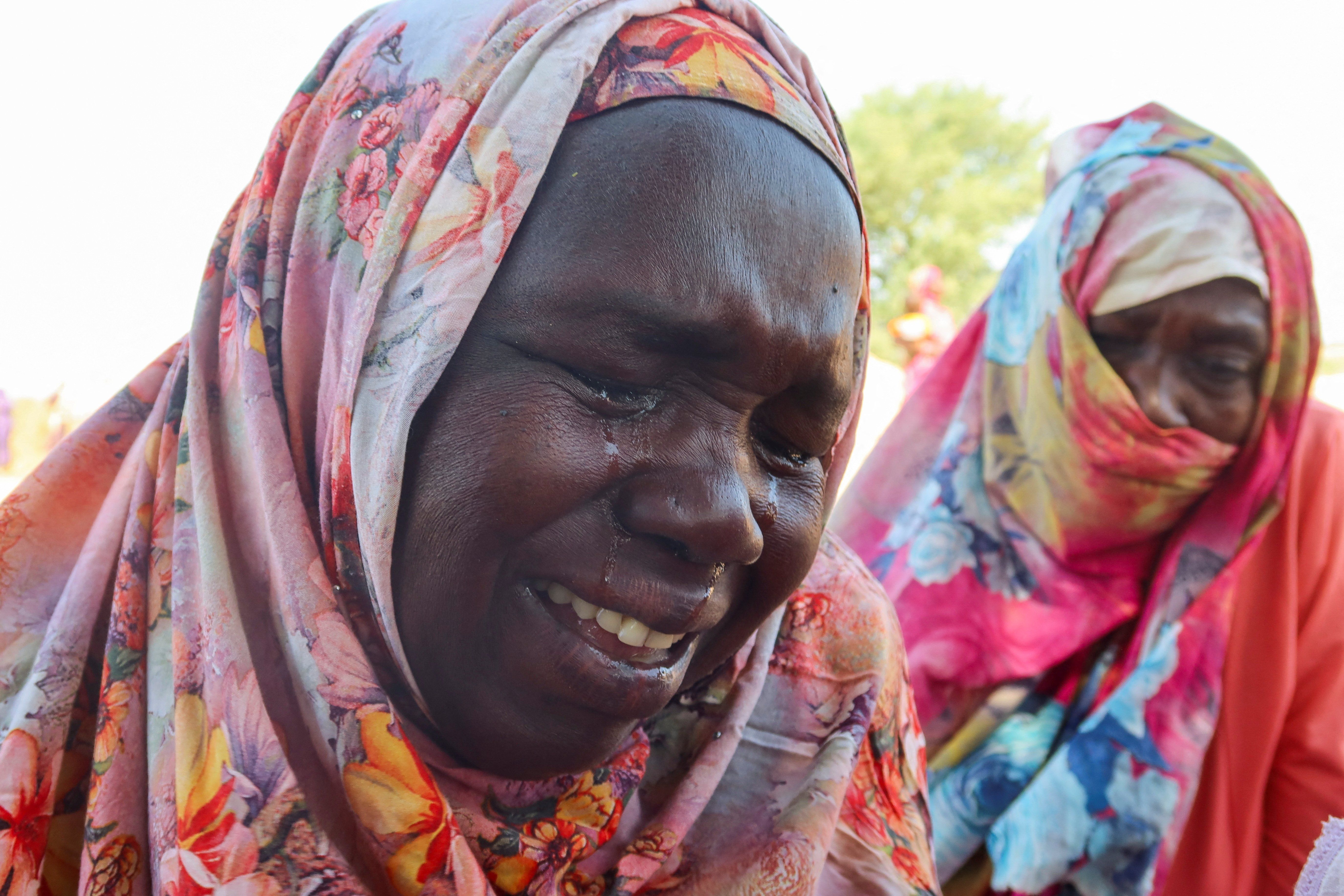Sudan’s civil war reached a grim turning point this week as Rapid Support Forces paramilitaries solidified their control over the Darfur region in Western Sudan. The RSF has been accused of war crimes there as part of its conflict with the Sudanese government.
The background: Back in 2019, the Sudanese military and the RSF cooperated to topple long-serving dictator Omar Bashir, but they fell out over how to work together thereafter. In April of this year, clashes between them erupted into a full-blown war that has left thousands dead and driven more than 5.7 million people from their homes. More than a million have fled to neighboring Chad, one of Africa’s poorest countries.
In Darfur specifically, the RSF and allied Arab militias have been accused in recent months of targeted massacres of the Masalit, a local Black African ethnic group that is a minority within the wider Arab-dominated Sudanese state. RSF fighters have also been accused of systematically abducting and raping women and girls in Darfur.
Flashback: Twenty years ago, Darfur was the scene of gruesome atrocities in which the Sudanese government and local Arab militias (including the fearsome janjaweed horsemen) slaughtered more than 170,000 Masalit in response to a rebellion against the central government. The US government labeled that campaign a “genocide” in 2004.
Peace talks have failed. There are various cross-cutting initiatives led by the African Union, Egypt, the US and Saudi Arabia, and South Sudan. Several ceasefires have fallen apart already. Meanwhile, Sudan’s civilians continue to pay the price.
The UN warned on Tuesday that the deepening war had “turned homes into cemeteries.”
